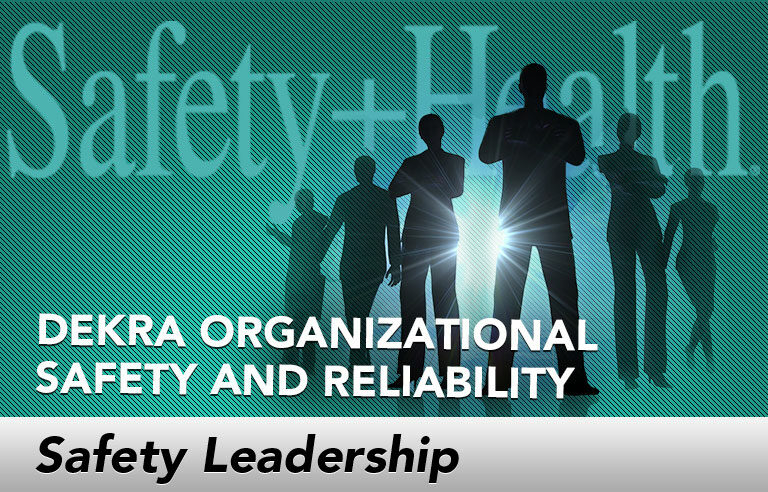Safety Leadership: Using inquiry to combat bias and investigate weak signals

Editor’s Note: Achieving and sustaining an injury-free workplace demands strong leadership. In this monthly column, experts from global consulting firm DEKRA Insight share their point of view on what leaders need to know to guide their organizations to safety excellence.
Information hidden in everyday events can help leaders detect impending disaster. For good reason, anticipating and recognizing hazards as they appear receives a significant amount of attention from safety professionals. But just as critical is the next step: investigating and analyzing these hazards and weak signals to determine the exposure to operations.
Inquiry is the capability to ask the right questions in the right way, of the right people, to understand better the exposure environment and, most importantly, to combat decision bias. Decision biases are pervasive, affecting every element of work and home and each individual. Further, there are a lot of them (by some counts more than 150), and the evidence suggests that learning about biases does little to mitigate our susceptibility to bias.
So what’s a safety leader to do?
First, it’s helpful to understand the neuroscience behind decision biases so that we may better recognize the sources of bias. The good news is you don’t have to learn all 150 biases. Instead, it is more effective to understand the primary ways of thinking (or not thinking) that are most susceptible to biases and then engage the right countermeasures to minimize your risk of bias.
| Bias category | Meaning | Mitigation |
|---|---|---|
| Mindset guarding (e.g., confirmation bias) | It feels right but there is no evidence | Collect additional evidence by consulting others |
| Automatic processing (e.g., availability bias) | Not pausing to think the problem through | Leveraging attention to engage thinking brain |
| Protection from loss (e.g., sunk cost bias) | Too much invested to change now | Solicit independent views from nonstandard sources |
| Social influence (e.g., conformity bias) | Looking to others to see what is the correct approach | Enable contrary opinions; create a devil’s advocate role |
The drive to be right
When you are watching the show “Jeopardy!” and you get an answer correct, how does it feel? If you’re like me, when this rare event occurs I get a nice pleasure sensation in the brain, coming from the neurotransmitter dopamine. This occurs whenever we feel correct. When we are wrong or make mistakes, this is registered as pain or loss in the brain. Both of these occur in the feeling/reacting part of the brain, not the cognitive or thinking part of the brain. In other words, these reactions occur without us thinking about them. When a point of view is contrary to what we believe to be right, it requires us to purposely engage the thinking part of our brain to weigh that argument. As a result, we are motivated to believe or feel we are right regardless of reality, and it requires effort to think and weigh arguments logically. This is why most people tend to read or watch political opinions that already align with their beliefs and are generally reluctant to entertain opposing arguments.
Our motivation to be right manifests itself in four primary categories of bias. The main challenge for us then is to take the steps necessary to recognize and counter these effects. As seen in the “Mitigation” column in the table above, most of the countermeasures involve getting other people involved in the analysis, but it isn’t sufficient to just involve anyone. To be effective, it’s critical to ensure the other people are not only the usual suspects and that offering contrary opinions is both solicited and reinforced.
Facilitating an inquiry environment is a long-term endeavor. But these initial steps provide leaders with a foundation for combating bias and effectively investigating weak signals.
This article represents the views of the author and should not be construed as a National Safety Council endorsement.
 Michael Mangan is vice president of research and development for DEKRA Insight. His work helps organizations understand performance and design interventions for improvement.
Michael Mangan is vice president of research and development for DEKRA Insight. His work helps organizations understand performance and design interventions for improvement.
Direct to your inbox: Sign up to be notified in email about new Safety Leadership columns.
Post a comment to this article
Safety+Health welcomes comments that promote respectful dialogue. Please stay on topic. Comments that contain personal attacks, profanity or abusive language – or those aggressively promoting products or services – will be removed. We reserve the right to determine which comments violate our comment policy. (Anonymous comments are welcome; merely skip the “name” field in the comment box. An email address is required but will not be included with your comment.)

